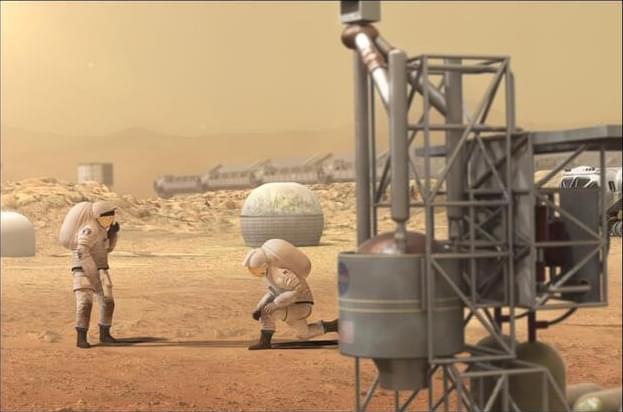Iron could massively boost ocean algae populations.
Scientists suggest we could fertilize the world’s oceans with iron to fight climate change. Iron would lead to phytoplankton blooms, which would help to pull carbon dioxide out of the atmosphere.
One “very conservative” estimate suggests a gigaton of carbon dioxide could be removed per year with this method.
Scientists have hatched a plan to flood the world’s oceans with phytoplankton in a bid to avoid the worst effects of climate change.
Scientists are seriously considering blocking out the Sun. To be more precise, they want to reflect a fraction of the sunlight that reaches Earth back out into the Solar System via a method called solar geoengineering.







